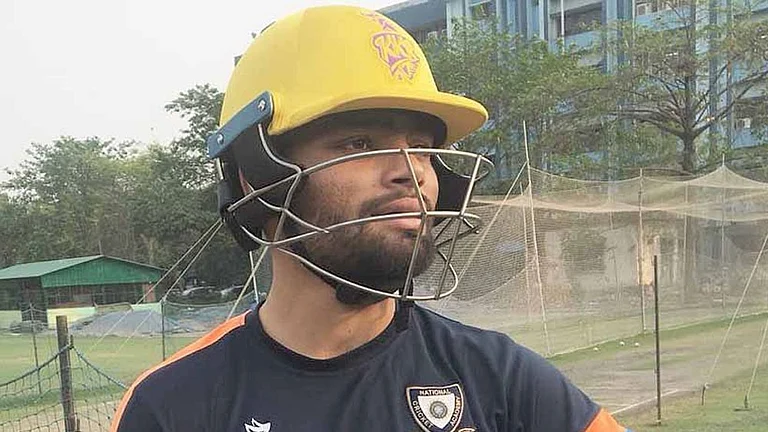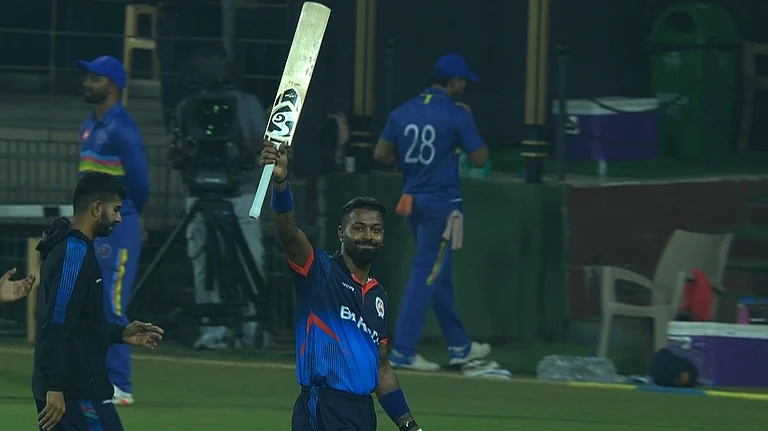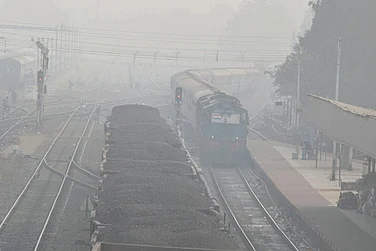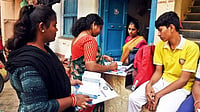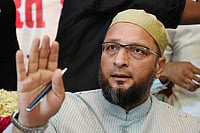A Saket court has permitted Delhi Police to conduct a narco-analysis test on Aaftab Poonawala, the 28-year-old accused of killing his live-in partner Shraddha Walkar, 26, and chopping up her body into 35 pieces and allegedly disposed the parts in Chhatarpur forest. After police moved court seeking permission for the test, Poonawalla consented, telling the judge he was aware of the consequences.
What is a narco test?
In a narco/narcoanalysis test, the accused is injected with the drug sodium pentothal or sodium thiopental (a fast-acting, short-duration anaesthetic, used in larger doses to sedate patients during surgery), which takes them to a hypnotic or sedated state. In this state, their resolve to lie becomes weak and it becomes easy to extract the information they are hiding. It is why the drug is nicknamed ‘truth serum’, and was heavily relied upon by intelligence operatives during World War II.
'Narco-Analysis' is derived from narkç (Greek word for anesthesia or torpor), and describes a psychotherapeutic technique involving psychotropic drugs, particularly barbiturates, where the injected can be exploited by the therapist. The term narco-analysis was coined by Horseley, and was first tested in 1922, when Robert House, a Texas obstetrician used the drug scopolamine on two prisoners.
Narco-analysis falls under the category of deception detection test (DDT) that includes polygraph and brain mapping. A polygraph test does not involve injecting drugs; but attaching instruments like cardio-cuffs or sensitive electrodes to the suspect, and measuring their variables such as blood pressure, pulse rate, respiration, sweat gland activity, blood flow, etc., as they answer the questions posed to them. Brain mapping measures the changes in the electrical field potentials produced by the neuronal activity by means of electrodes placed on the head and face of the accused.
Accuracy and Relevance of DDTs like narco-analysis
Over the years, investigating agencies have resorted to these tests as a ‘softer alternative’ to torture or ‘third degree’ to push the suspects towards confessing the truth. Yet, all DDTs are not 100 per cent accurate scientifically. DDTs are not viewed as foolproof confessions by the Supreme Court, because the suspect was drugged and had no choice over the answers they gave out. But on the basis of these answers, if the police discover new material or information, these can be submitted as evidence.
For instance, if the accused confesses where they have hidden a murder weapon or victim’s body, and police later find that at the specified location, this finding (not the statement of the accused during the test) will be treated as physical evidence.
The Bench took into consideration international norms on human rights, the right to a fair trial, and the right against self-incrimination under Article 20(3) of the Constitution. “We must recognise that a forcible intrusion into a person’s mental processes is also an affront to human dignity and liberty, often with grave and long-lasting consequences,” the court said, observing that the state’s plea that the use of such scientific techniques would reduce ‘third-degree’ methods “is a circular line of reasoning since one form of improper behaviour is sought to be replaced by another”.
Can the accused refuse to take these tests?
A Supreme Court Bench comprising then Chief Justice of India KG Balakrishnan and Justices RV Raveendran and JM Panchal, in the Selvi & Ors vs State of Karnataka & Anr (2010) case, ruled that no lie detector tests should be administered “except on the basis of the consent of the accused”. The accused must volunteer to take the test. They must have a lawyer, who along with the police must inform them of the physical, emotional, and legal implications of the test, and the subject’s consent must be recorded before a judicial magistrate, said the Bench.
Previous crimes that sought the use of DDTs
Narco analysis tests were famously conducted on the driver and helper of the truck that hit the vehicle carrying the Unnao rape victim; on Indrani Mukerjea accused of murdering daughter Sheena Bora; the compounder, Krishna of the Doctor-couple Rajesh and Nupur Talwar, accused of killing their daughter Aarushi and help Hemraj, who themselves were subjected to polygraph tests.
Conclusion
Since the Supreme Court has squashed the validity of narco-analysis and other DDTs as standalone evidence, critics say this has weakened the possibility of justice. Sceptics feel that administering of such tests should be made compulsory for the accused of brutal crimes as it could improve the quality of criminal justice when the results are submitted as evidence.







